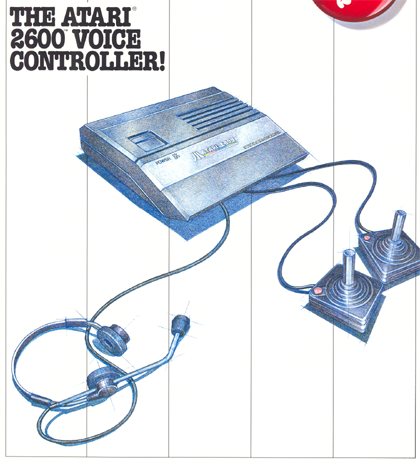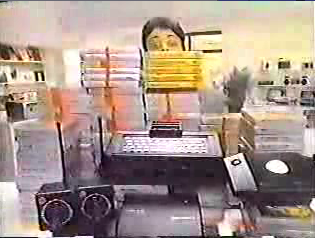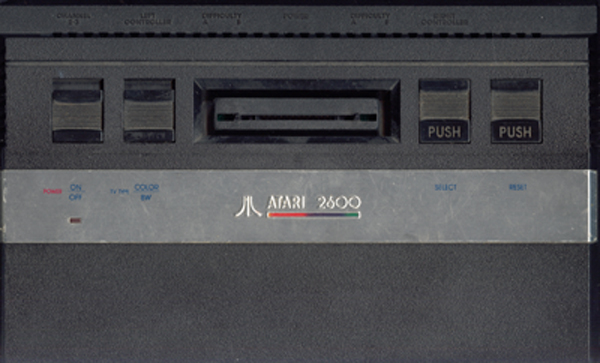

Voice Controller
This was a joint-collaboration between Atari and Milton Bradley, with MB to develop a version of their TI MBX Expander speech synthesis and voice recognition system for the VCS and 5200. It used a combination headset/microphone which enabled players to control games by voice commands . Larry Karr of SCA Data Systems Inc. was also involved with developing the technology. It was originally called the Voice Commander, and a drawing was first shown in Atari's 1983 "Ticket to the Stars" catalog (picture #1). A similar drawing appeared in Atari's June 1983 "2nd Half" press kit, and it was now renamed the Voice Controller (picture #2). An actual photo of the unit was included in Atari's June 1983 press kit (picture #3), which differed from the drawings, and the accompanying letter stated it was demoed at the 1983 Chicago Summer CES show using a version of RealSports Baseball! The unit included a combination headset+microphone, and the letter mentioned it would be available by October 1983 and retail for $99.95. 3 more games - Battlezone, Berzerk, and Star Raiders - would be available at launch. The letter also mentioned the unit "must be reprogrammed each time the is reinserted", so it apparently didn't retain the voice commands when you turn it off. A 1983 TV commercial referred to as a "voice module" and it resembled the earlier drawings (pictures #4 and #5). A photo of the earlier design appeared in the September 1983 issue of Video Games (picture #6). Considering how very little press coverage it got from the CES demonstration, and how quickly players would have been aggravated having to reprogram it, especially for more complicated games like RS Baseball and Star Raiders, it's no surprise Atari decided to drop the project. Milton Bradley was also to develop a total of 18 (!) cartridges over 3 years, with most to incorporate use of the Voice Commander, but when Atari backed out, MB sued them for breach of contract. No prototype or even a mock-up of it has been found. Atari's case design (by Regan Cheng) was eventually reused for their 2600 "JR" system (FAQ and picture #7).






